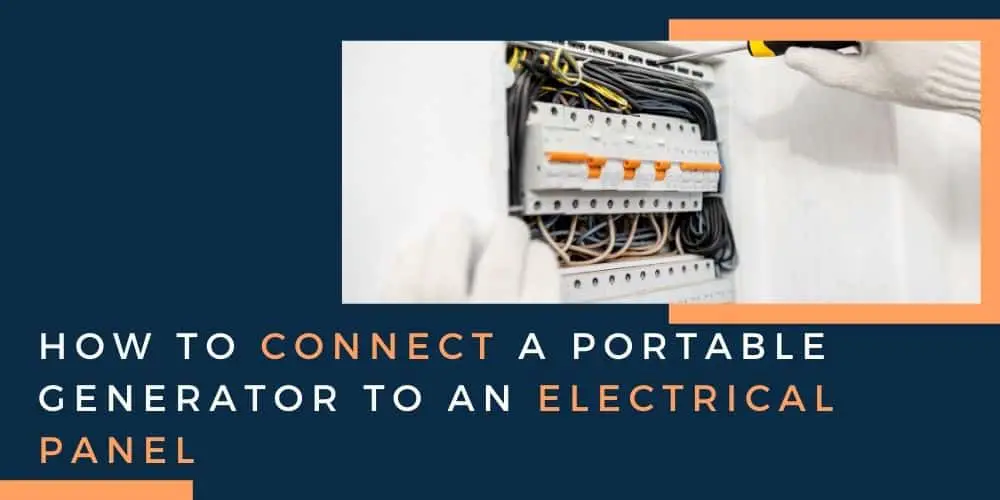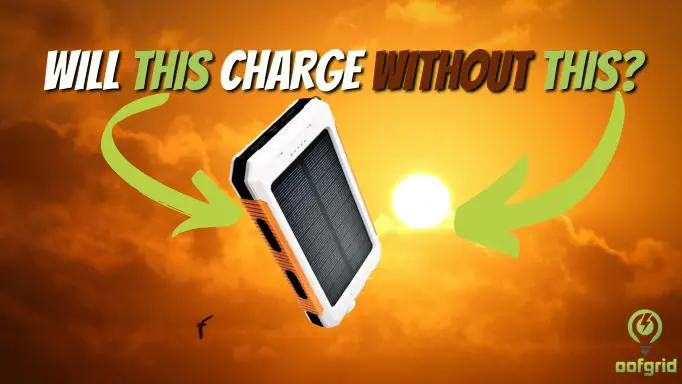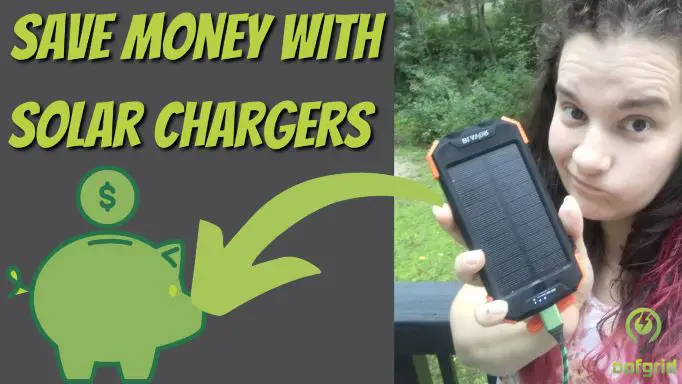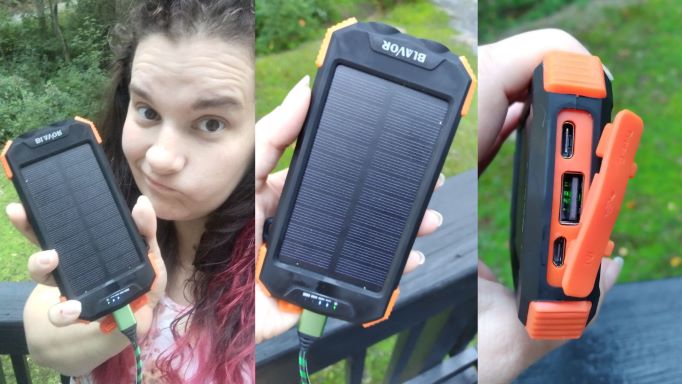A portable generator can provide you with a fantastic emergency power supply in the event of a blackout when the power goes down.
It can provide you with the power to ensure that important appliances stay working.
It is intended for important appliances only and not all of them, it can prevent problems by maintaining power to items such as your refrigerator or freezer units.
This is mostly used for lighting, TV and refrigerators, and freezers.
Units such as stoves, air conditioning systems, and dryers have the potential to use too much power to be supported by a simple portable generator and it is advised against using such a method of back- up power for these types of appliances.

Contents
Before You Connect
Before you do anything, have a think about what you need to power. Only select necessary appliances to be powered by your generator. You don’t want to lose power to your refrigerator so that you can charge your phone.
An average generator may have a power output of around 3500 Watts, this capability will be enough to power up light, fans, refrigerators, and perhaps a freezer, a TV, or a laptop.
Check the stats of your generator and look at its power output and average power output time for it on a full tank of gas. Many generators will produce between 3-4 hours of power per gallon of fuel.
Once you have decided what you want to power, you need to check their wattage/ power requirements. You do this to ensure that your generator can power them all, and if not, what you are willing to sacrifice.

For example, if your generator produces 4000 Watts and you wanted to power your fridge, TV, 5 LED 75W bulbs, your freezer, and your ceiling fan you need to view their stats, which tend to average at:
- Refrigerator: 1200W (per day.)
- Flat-screen TV: 200W.
- 5 LED 75W bulbs: 90W (in total)
- Average sized freezer: 1080W.
- Ceiling fan: 120W.
Your generator would easily be able to cope with powering these items.
However, if you didn’t have a ceiling fan and wanted to power a central air conditioner at 24,000 BTU NA with a requirement of 3,800Watts and instead of 5 LED bulbs you had 5 Halogen bulbs with a requirement of 200W, you would not be able to power any more than these two items.
Once you have figured out what to power and how much you can power you need to choose a wiring system.
Although you can do this in so many ways, there are 2 ways specifically that are favored with ease and best quality to be able to connect your generator to your home.
Though some power companies and planning departments can be stringent on how this is done.
Contact them prior to find out if any wiring systems for this purpose are not legal in your area, it is best to avoid asking online as this can vary by city, county, state, and country.

Options
Interlock Kit
This type of unit is simple to set up but can be illegal in a few states. They are legal in some states as long as they are approved by the UL under the stated UL67.
If you install one, it should be marked with a UL listing or it may be objected upon by inspectors.
Installing this requires perfectionism in the installation and several free places in your existing breaker box. You should ensure that the interlock kit you buy is approved for your breaker box specifically.
Manual Transfer
If you prefer something easier, as we do, and something more widely legalized, then this is best for you.
It does, however, require professional installation only. But it is guaranteed as a legal option and is by far one of the safest methods available, preventing any accidental electrocutions.
If you go for this once it is installed and set up by your professional, the next step is to get an inlet box hooked up.
It goes outside your house, with your generator. It has what is referred to as recessed male connectors, which have prongs that stick out that connect it to the installed power system inside your home.
Make sure a professional does the installation, doing so keeps you physically and legally safe; if you do not do this, insurance will not cover your home in the event of an accident, and it can cause a threat to health and life due to electrical malfunctions.
See prices of suitable manual transfer switches here on Amazon
Things to Be Cautious Of
-NEVER connect a generator directly to your breaker without an approved transfer switch.
-NEVER connect your generator to a washing machine or dryer outlet!
Doing either of these things is exceptionally dangerous and can cause injuries, electrocutions, major house fires, or death.
Make sure whatever you choose for your generator and home set up is approved by a professional for your safety, your family’s safety, and your home’s safety.
Always have your set-up inspected and have the appliances chosen fitted by a professional, this way in the event of an accident your insurance is valid, and you are covered legally as well.
Considerations
-Make sure that your generator is kept outside and is at least 10-15ft away from your home.
-Ensure there is no faulty wiring or damaged wiring before starting or even setting up your system.
– In wet and stormy weather conditions ensure that you have a generator tent available, especially if your generator is running. Water inside the engine can be very dangerous.
-Never use a double-ended male plug – this is considered a violation of the electrical code, it is also illegal, and is a fire and electrocution hazard.
If you do not disconnect the main breaker in this instance it could also shock the main power linemen and you will end up getting sued for this. So, it’s best to stay far away from these.
Other Methods
-Plug-ins via a hookup
This is as simple as ensuring your generator is a safe distance away from the house.
Running the generator cord to the generator and connecting it to your multiple appliances, or by running several cords from outside and connecting the appliances.






